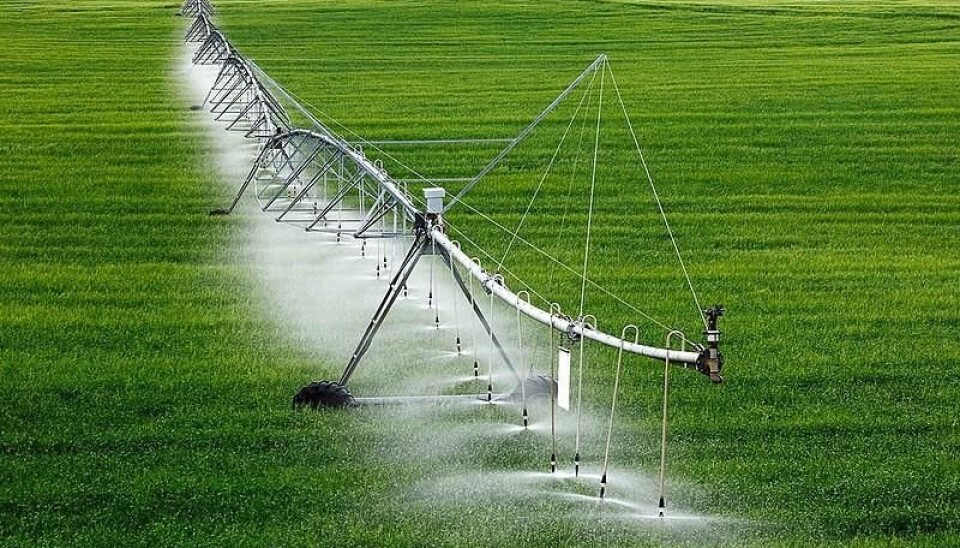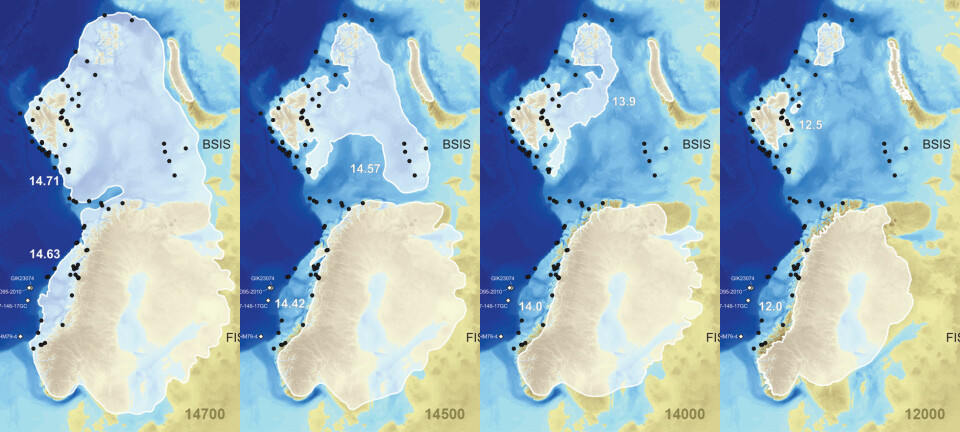This article was produced and financed by the University of Bergen - read more

Faulty estimates downplay the potential environmental impact of irrigated agriculture, according to researchers
Study suggests that current models critically underestimate uncertainties when predicting future irrigated areas, and that the latent environmental impact of irrigated agriculture may have been seriously miscalculated. Strategies for land and water management in agriculture need to be changed swiftly, say researchers.
“Policymakers and model-end users should swiftly acknowledge these uncertainties to avoid potential environmental costs”, says Arnald Puy from the University of Bergen andPrinceton University.
He has just published his findings in Geophysical Research Letters with his researcher-fellows Andrea Saltelli, from theUniversity of Bergen and Samuele Lo Piano from the University of Reading.

Inaccurate models mean inaccurate policies
Models are widely used by policy-makers to define strategies aiming at guaranteeing environmental welfare or managing climate change.
“If these models are inaccurate, our policies risk being biased too”, says Puy.
“Previous models of irrigated areas, for instance, assumed that we know perfectly how much cropland that will be available in 2050, how much the population will grow, and the volume of water that will be available. But the truth is that we do not know with enough certainty. And previous models were designed as if we do”.
The new study highlights that the potential global extension of irrigation might be twice, or in the most extreme scenario, even four times larger than what has been suggested by previous models.
“Projections of irrigated areas disregard fundamental uncertainties, both in the model parameters and the model design space and should not be used to guide policy-making”, says Puy.
New strategies to ensure water safety
Arnald Puy, Samuele Lo Piano and Andrea Saltelli say that these findings imply that strategies that aim to ensure water safety or minimizing future agricultural-related greenhouse gases, for instance, should be redefined.
“Our study shows that the assumption regarding the size of irrigated areas in 2050 rests on very fragile grounds”, says Puy.
“The findings also implicate that water consumption caused by irrigation might be much larger than previously thought, and that could put severe pressure on the distribution of water across sectors, such as agriculture, industry and domestic areas. Consequently, we should include measures to anticipate and cope with water scarcity, which can end up being a lot worse than first suggested.”
A demand for better solutions
The authors of the study hope that the new knowledge can be used to design strategies on water and agriculture management that are flexible enough to work both in our current situation and in a situation of an unbearable environmental pressure on water and land resources.
“Our research shows a clear demand for more adaptive solutions in the domain of water and land management in order to better manage the uncertainties that shape the future evolution of irrigated agriculture”, the researchers say.
Reference:
Puy, Arnold et al, Current Models Underestimate Future Irrigated Areas, Geophysical Research Letters, April 2020


































